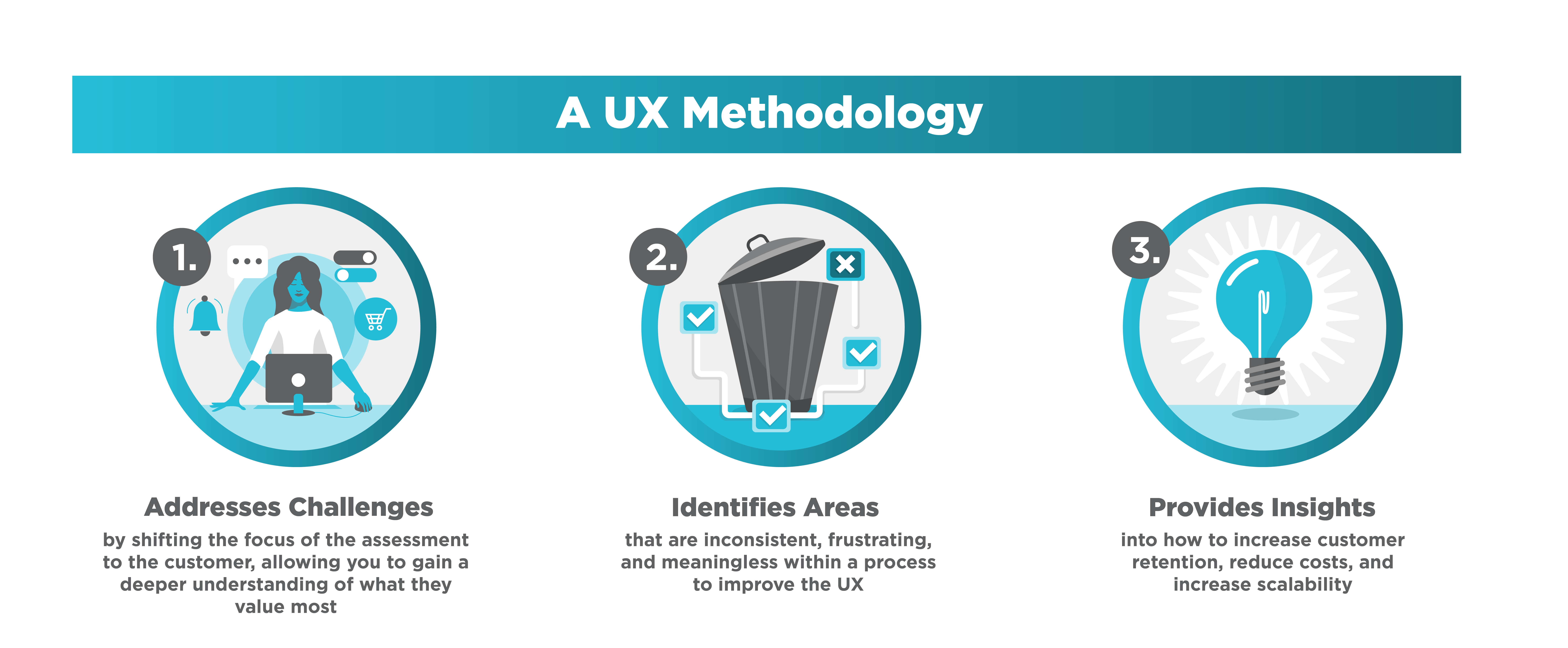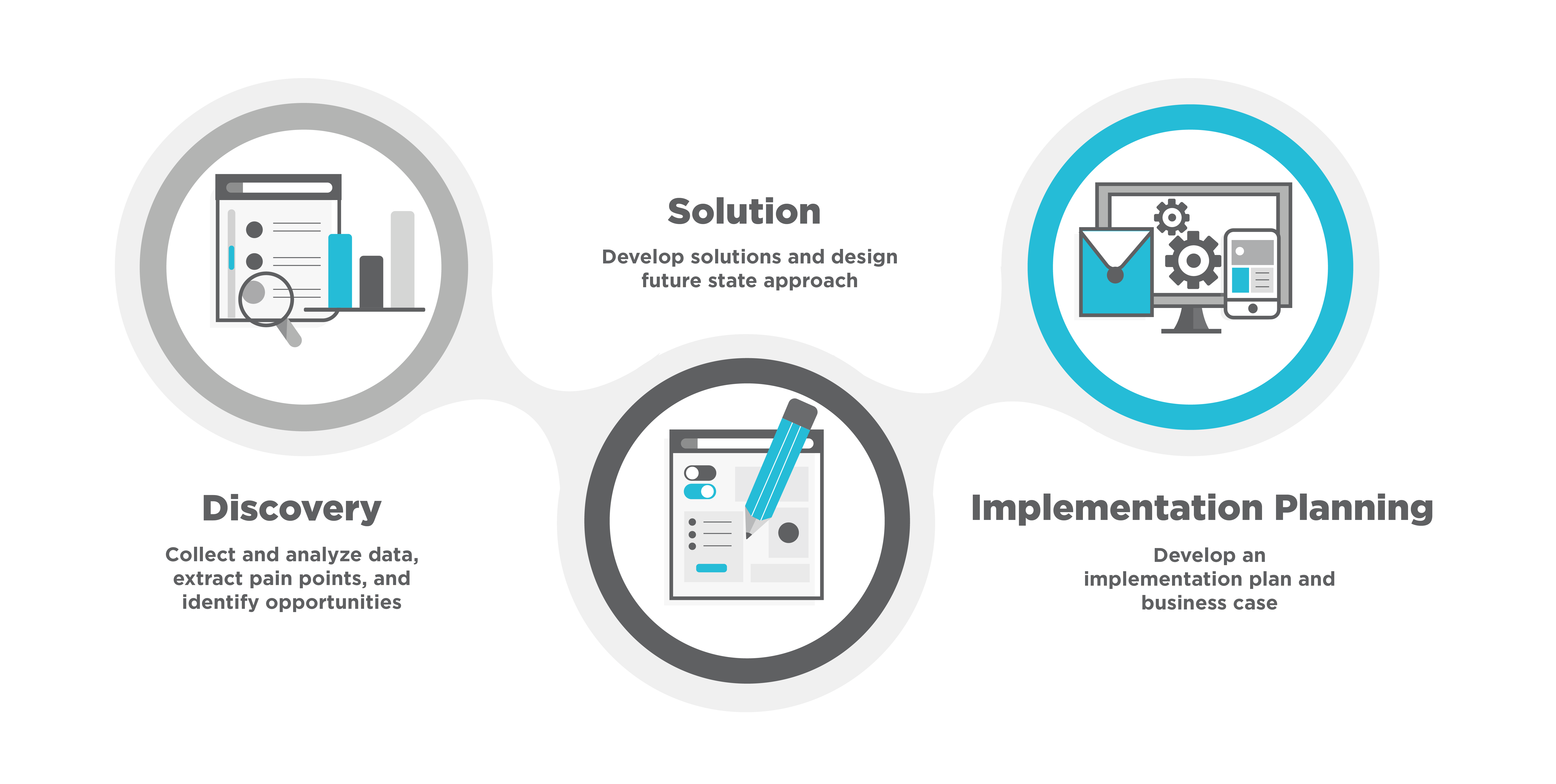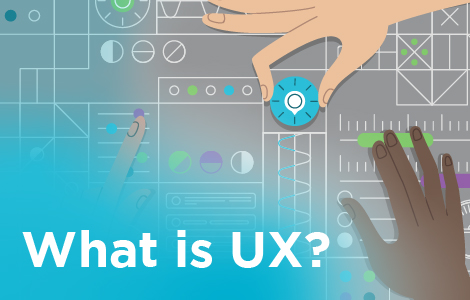
The Customer Experience: Setting up the Problem
In the past two decades, technology disruptions have dramatically shifted customer expectations in the marketplace. Thanks to interactions with best-in-class customer-centric products, services, and applications, consumers are more empowered than ever before—they expect a cohesive and positive experience through every point of engagement. However, oftentimes companies develop their processes with service delivery in mind rather than the user experience (UX). Whether services are being delivered to vendors, internal clientele, or external customers, a poor user experience exposes the need for a UX process redesign to remove complex and cumbersome experiences for the customer.
services are being delivered to vendors, internal clientele, or external customers, a poor user experience exposes the need for a UX process redesign to remove complex and cumbersome experiences for the customer.
Often, a poor UX stems from updating, changing, or transforming a product or service without a holistic view of the complete customer experience. When UX is not part of a product or service’s rework, valuable time and resources are wasted on patchworking issues and scrambling to solve backend problems leading to ROI, customer satisfaction, retention, and more to suffer.
UX: The Solution
UX methodology identifies and addresses customer pain points, which leads to more compelling, user-focused products and services. UX is different from traditional assessment and solution approaches. While still process oriented, the focal point of the evaluation has shifted from the practitioners to the customers.

UX: The Approach
In the simplest terms, UX design makes the user’s experience with the product or service the best it can be. It aims to make every point of contact in the customer journey meaningful and deliberate. The UX methodology has three parts:
Discovery: Collect and analyze data, extract pain points, and identify opportunities
- Identify your customers and touchpoints through the entire process, understand the current approach, and collect data (e.g., voice of the customer survey, case metrics, and interviews)
- Document the customer journey to identify specific problems faced by current and prospective customers and establish opportunities for improvement
- Map activities to develop an understanding of the end-to-end process and where the process is breaking down
Solution: Develop solutions and design future state approach
- Define personas (for whom are we creating solutions, and what do they value)
- Develop and prioritize solutions to design future state approach
- Evaluate solutions against skill, organizational, and system gaps
- Evaluate the business impact of solutions
Implementation Planning: Develop an implementation plan and business case
- Identify implementation resources and availability requirements
- Develop an implementation plan, including activities, resources, and a timeline
- Develop a business case

How ScottMadden Can Help
ScottMadden’s UX product offering was developed to identify and solve process problems from the customer’s vantage point. Our solution is simple to interpret and understand, is flexible across processes and industries, and drives targeted and purposeful design of processes and systems. Our team of UX experts offers extensive, design-led experience and perspective on:
- Internal and external customer pain points
- Easy-to-use solutions for improvement
- The construction of a desired future state
This approach provides a deep understanding of your customers and their end-to-end journey across your organization. Approaches can be tailored and customized for each project based on the function or process, available resources, and budget. Whether a UX scope is built into the project plan of a new engagement or is added to the scope of an ongoing project, existing work can be leveraged to provide inputs for UX engagements. Unlike other consultants, we partner with you to develop impactful, data-informed strategies and tactics that are clear, easy to use, actionable, and produce results. Our focus on efficiency and effectiveness results in lower costs, scalability, and high customer satisfaction and loyalty.





